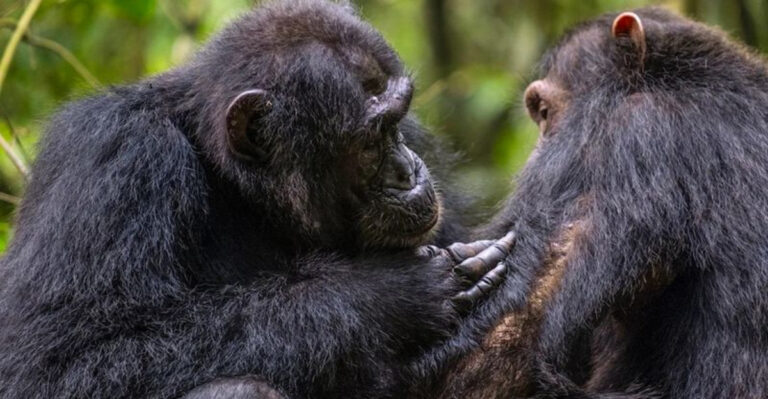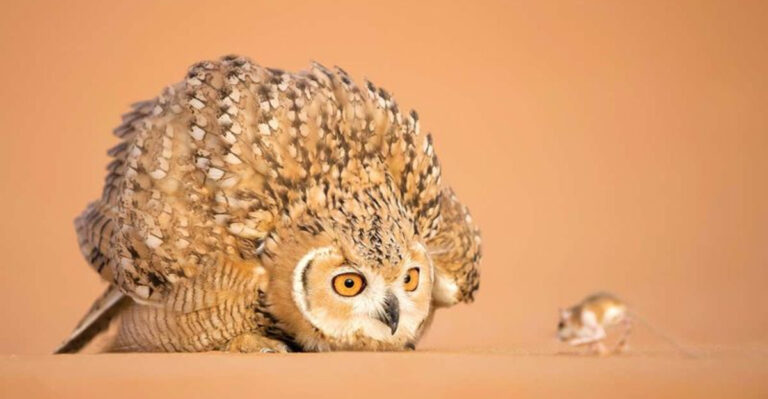Silent Predator: What Makes The Mantis Nature’s Ultimate Assassin?
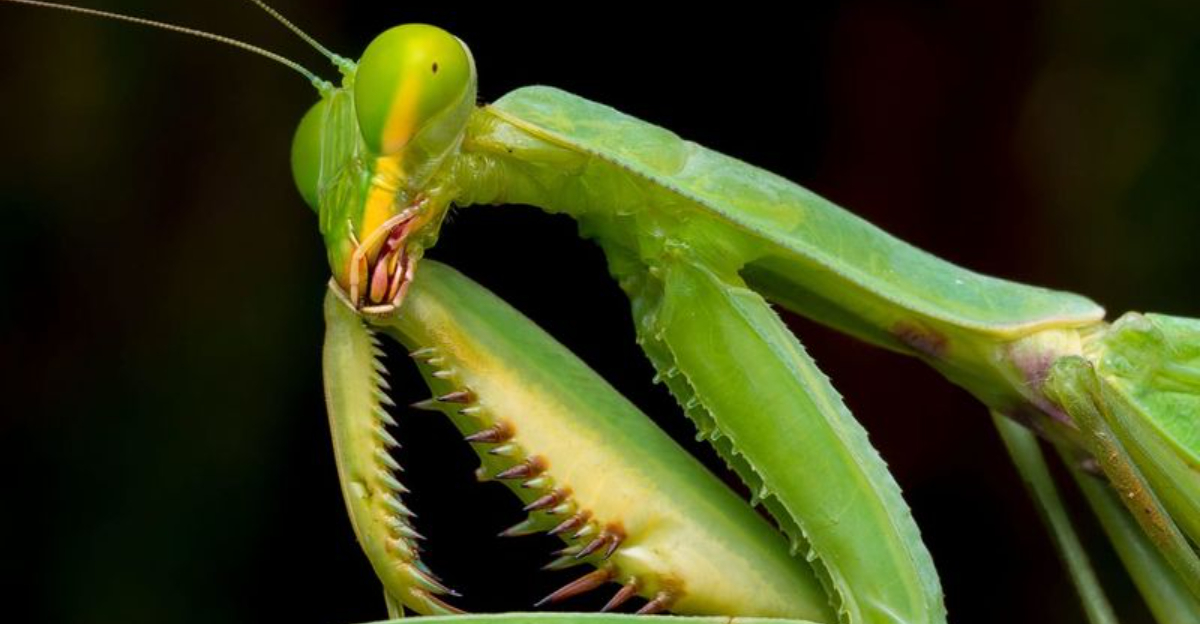
The praying mantis ranks among nature’s most fascinating hunters. These remarkable insects combine stealth, speed, and specialized anatomy to create a deadly package that few prey can escape.
From their distinctive prayer-like stance to lightning-fast strikes, mantises have perfected the art of ambush over millions of years of evolution.
Let’s explore what makes these silent assassins so incredibly effective in the wild.
1. Lightning-Fast Strike Speed
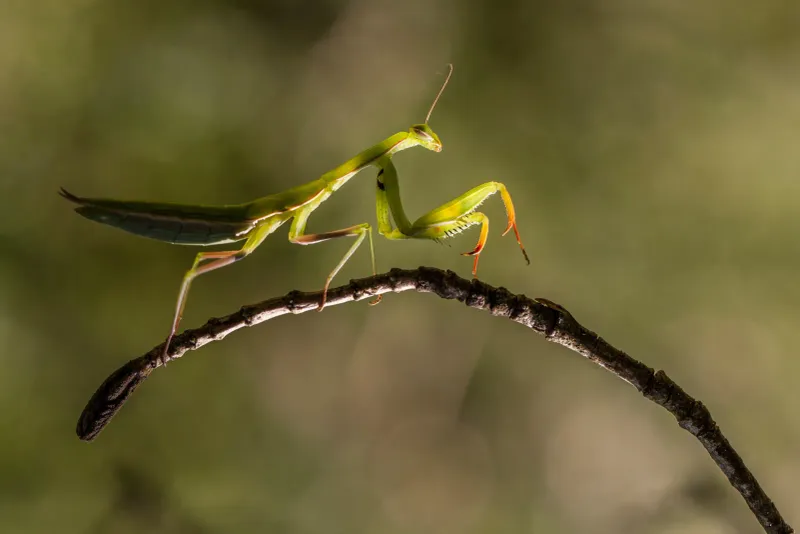
Blink and you’ll miss it! Mantises can strike at prey in just 50-70 milliseconds – faster than you can snap your fingers. Their forearms accelerate at a mind-boggling rate, reaching their target before most prey can even register danger.
Scientists have recorded mantis strikes at speeds exceeding 50 mph when adjusted for size. This remarkable speed comes from specialized muscles that store energy like a coiled spring.
When released, this energy creates one of the fastest movements in the animal kingdom, making escape nearly impossible for unfortunate prey caught in the mantis’s gaze.
2. 360-Degree Alien-Like Head Rotation
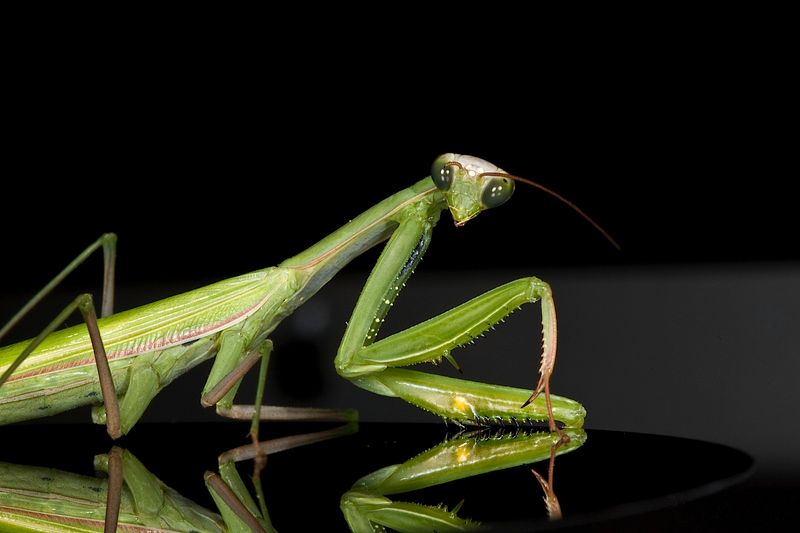
Unlike most insects, mantises can rotate their triangular heads a full 180 degrees in either direction, giving them complete 360-degree vision without moving their bodies. This eerie ability helps them scan for both prey and predators while remaining perfectly still.
Their alien-like head mobility comes from a specialized neck structure unique among insects. When a mantis turns its head, it can lock it into position to maintain visual focus.
This remarkable adaptation allows them to track moving targets with precision while keeping their bodies hidden and motionless – the perfect setup for an ambush predator.
3. Binocular Vision Superior To Most Insects
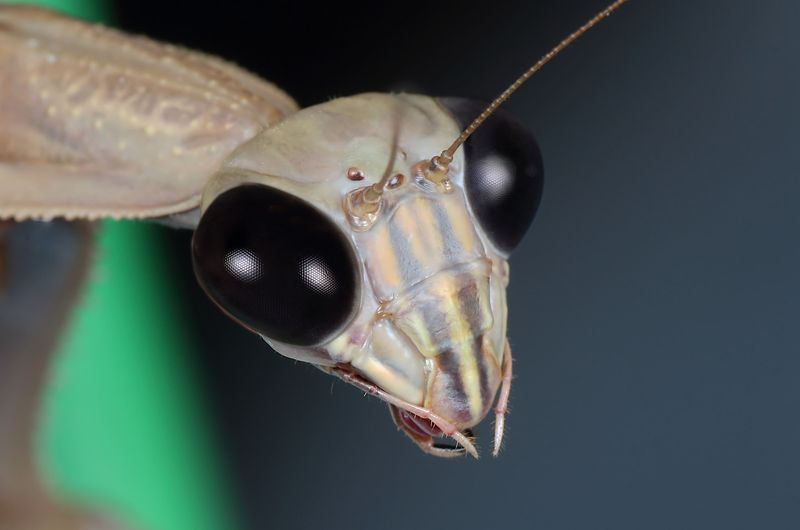
Mantises possess a visual superpower rare in the insect world – true binocular vision. Their large compound eyes with overlapping visual fields allow them to perceive depth with remarkable accuracy, crucial for judging striking distance.
Each eye contains thousands of individual lenses, creating a mosaic-like image. The central zone where these fields overlap enables 3D vision similar to humans, though processed very differently in their tiny brains.
Recent research has shown mantises can even see in 3D while using different image processing in each eye – a feat no other known animal can manage. This gives them extraordinary precision when hunting.
4. Masters Of Disguise And Camouflage
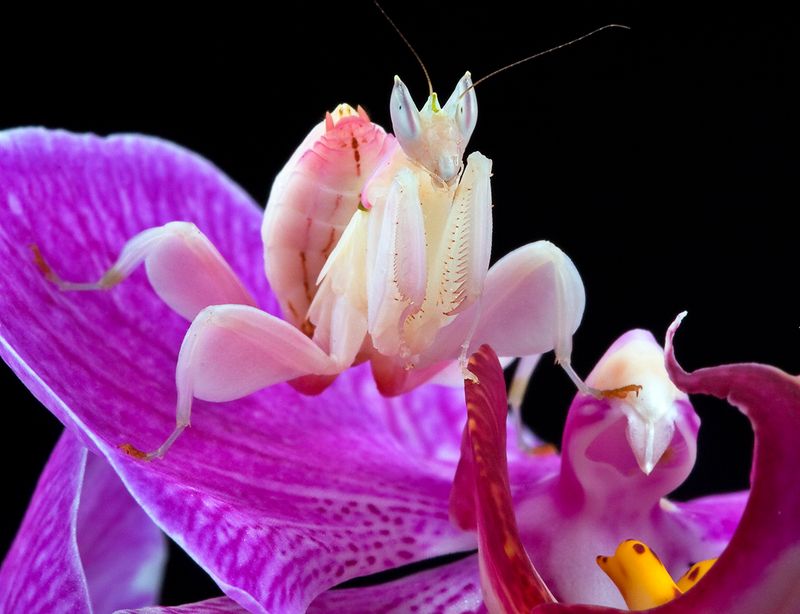
Many mantis species have evolved extraordinary camouflage that transforms them into living plants. Some mimic flowers so perfectly that pollinating insects land directly on them, becoming instant meals. Others resemble dead leaves, complete with fake damage and brown spots.
The orchid mantis takes deception to another level by not just mimicking a flower but actually looking more appealing to pollinators than real flowers! Its pink and white body parts resemble petals that insects find irresistible.
Beyond physical appearance, mantises master behavioral camouflage too – swaying gently to mimic branches moving in the breeze, further fooling prey into fatal mistakes.
5. Specialized Killing Forearms With Deadly Spikes
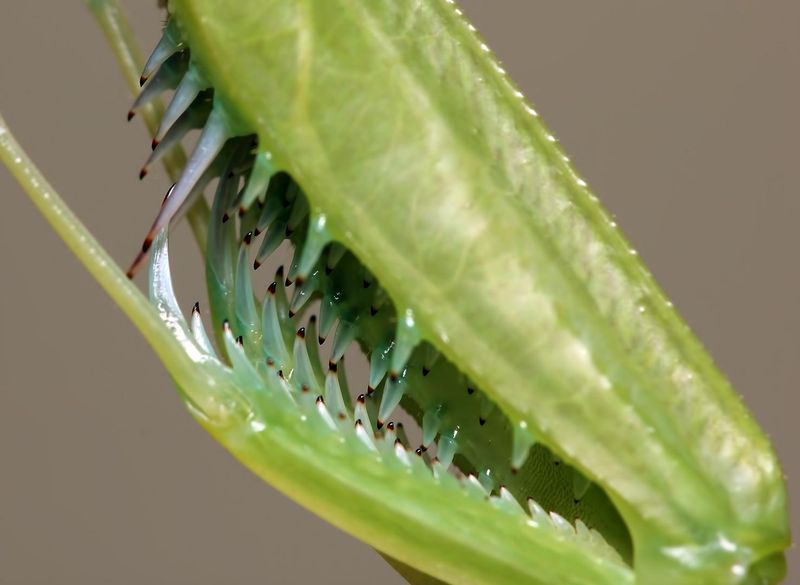
A mantis’s signature weapon is its pair of specialized front legs, called raptorial arms. These aren’t ordinary limbs – they’re biological spearguns equipped with rows of sharp spines that lock prey in a deadly embrace.
When folded in their famous ‘prayer’ position, these arms hide their true nature. Once deployed in a strike, the spines impale prey while powerful muscles maintain an inescapable grip. Even struggling victims can’t break free from this spiked vice.
The forearm design varies between species – some have extra-long spikes for catching flying insects, while others have shorter, sturdier spines for handling larger prey like small lizards or hummingbirds.
6. Cannibalistic Mating Ritual
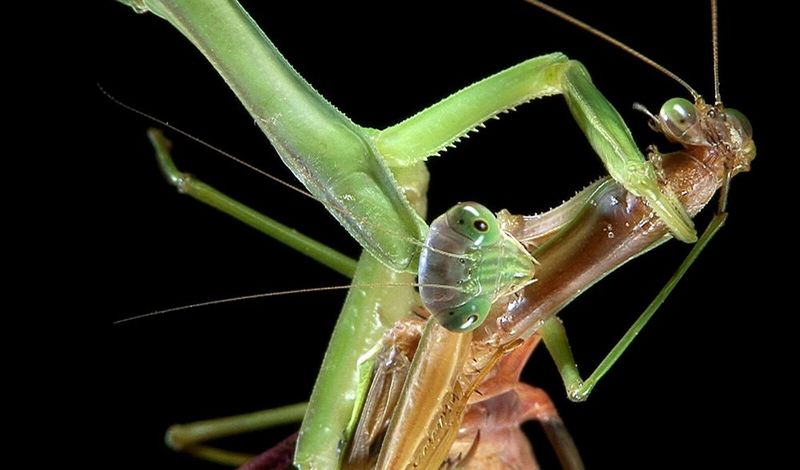
Perhaps the most notorious mantis behavior is sexual cannibalism – females sometimes devouring males during or after mating. This grisly habit isn’t just random violence; it serves evolutionary purposes by providing nutrition for developing eggs.
The male approaches cautiously, sometimes even waiting until the female is distracted by eating another meal. Despite his caution, approximately 25% of mantis matings end with the male becoming post-coital nourishment.
Fascinatingly, male mantises can continue mating even after being beheaded, as their reproductive reflexes are controlled by nerve ganglia in their abdomen. This macabre adaptation ensures successful sperm transfer even when dinner and dating combine.
7. Threat Display That Mimics Larger Predators
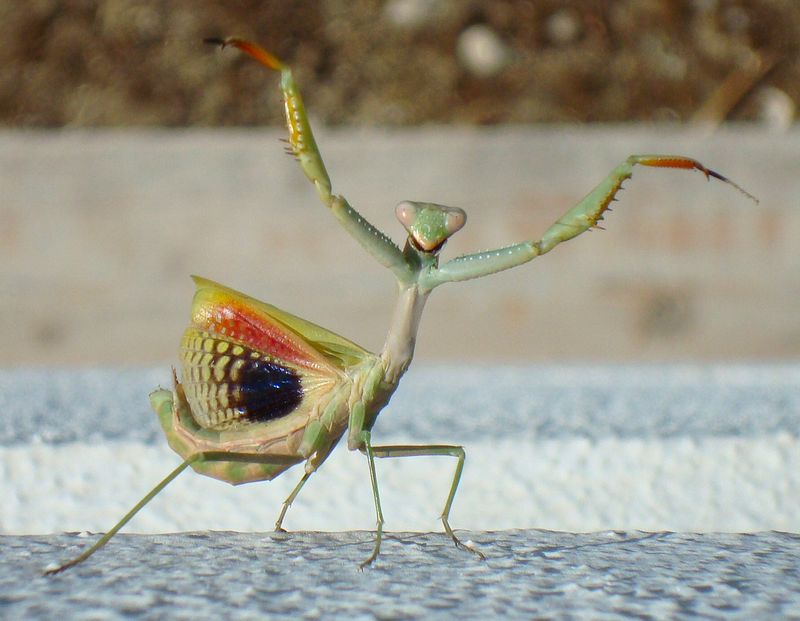
When threatened, mantises transform from stealthy hunters to intimidating defenders through an elaborate threat display. They suddenly spread their wings, raise their forelegs, and rock side-to-side while revealing hidden bright colors or eyespots on their bodies.
Many species flash vivid wing patterns that startlingly resemble the eyes of much larger animals. The sudden appearance of these ‘false eyes’ can momentarily confuse predators, buying precious escape time.
Some mantises enhance this display with hissing sounds produced by rubbing their wings against their abdomen. This multi-sensory performance has proven effective enough to deter predators many times their size, including birds and small mammals.
8. Only Insect That Can Track Human Movement
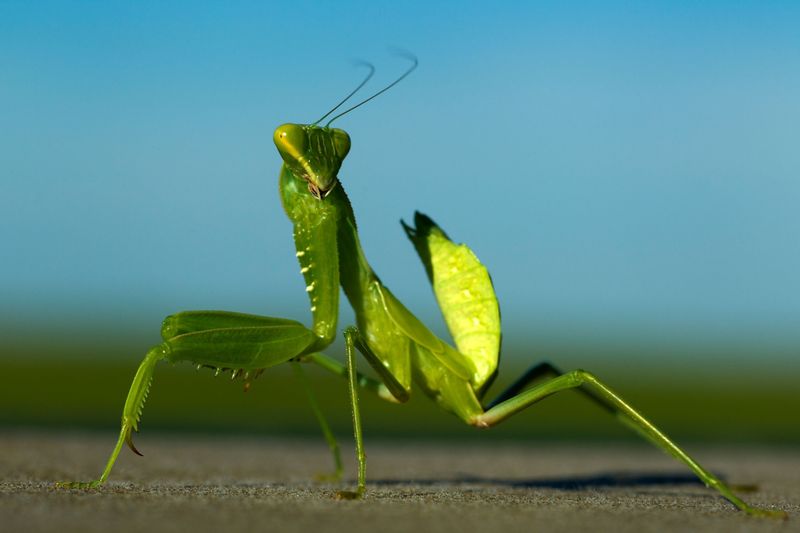
Mantises possess an uncanny ability to track and respond to human movement – the only insects known to do so consistently. Their heads will follow your finger as you move it around them, demonstrating remarkable visual processing.
This awareness extends beyond simple motion detection. Mantises can recognize patterns of movement that indicate potential threats, distinguishing between harmless environmental motion and dangerous approaches.
Researchers have conducted experiments where mantises wearing tiny 3D glasses tracked objects on screens, revealing sophisticated depth perception. This cognitive ability, exceptional for an insect brain, helps explain why mantises seem unusually ‘aware’ of human observers compared to other insects.
9. Incredibly Efficient Hunting Success Rate
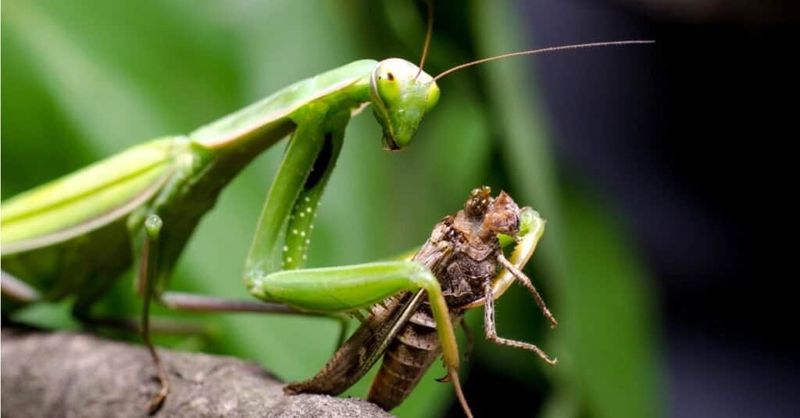
Mantises boast an astonishing hunting success rate that would make any predator envious – typically capturing prey in over 80% of strikes. Lions, by comparison, succeed in only about 25% of hunts.
This efficiency stems from their perfect combination of camouflage, patience, and lightning-fast attacks. A mantis might remain motionless for hours, waiting for the perfect moment to strike, conserving energy while maximizing success chances.
Their hunting prowess is so respected that some ancient cultures believed mantises had supernatural powers. Chinese martial arts even developed a style mimicking mantis movements, recognizing the deadly efficiency in their techniques long before modern science documented their remarkable success rates.
10. Surprising Dietary Range Including Vertebrates
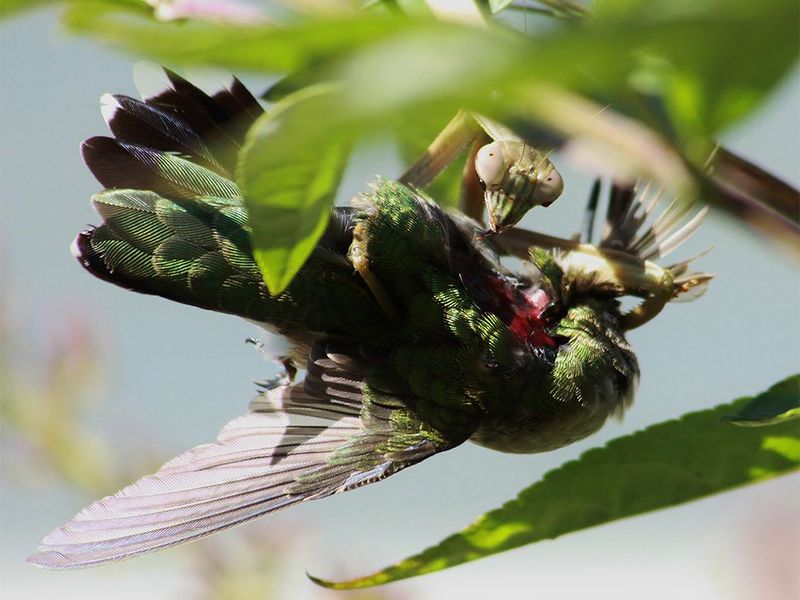
Despite their relatively small size, mantises display shocking ambition in their prey selection. Beyond typical insect fare, larger mantis species regularly tackle vertebrate prey many times their own weight – including small birds, lizards, frogs, and even mice!
Documented cases exist of mantises catching hummingbirds at feeders, hanging upside-down while using their powerful forelegs to restrain the struggling birds. Their ability to subdue such large prey comes from their incredibly strong grip and paralytic bite.
This varied diet makes mantises exceptional generalist predators. Unlike specialists that depend on specific prey, mantises can adapt to whatever food sources are available, contributing to their success across diverse habitats worldwide.
11. Chemical-Free Pest Control Capabilities
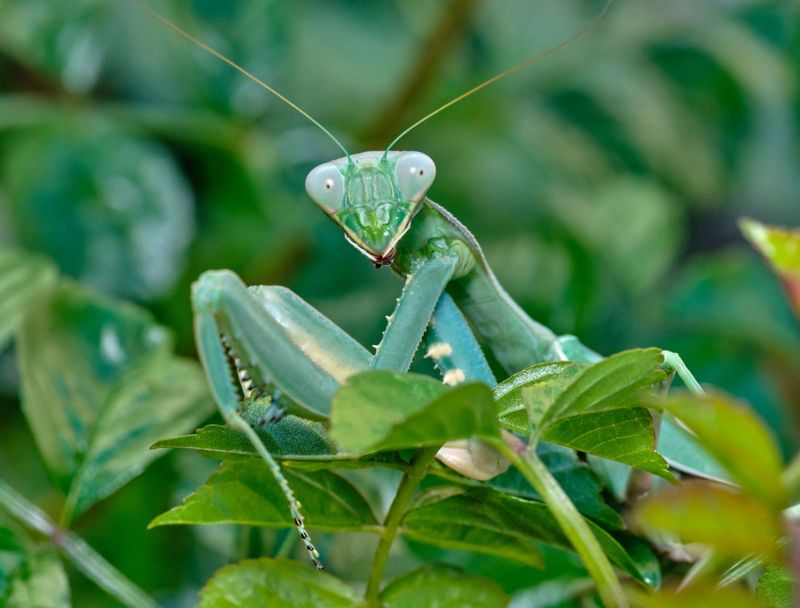
Gardeners worldwide consider mantises valuable allies in the battle against garden pests. A single adult mantis can consume dozens of harmful insects daily without the environmental downsides of chemical pesticides.
Their voracious appetite for aphids, caterpillars, beetles, and flies makes them especially valuable in organic gardening. Many garden supply stores even sell mantis egg cases for natural pest management.
Unlike other beneficial insects that target specific pests, mantises are generalist predators that adapt their hunting to whatever pests are most abundant. This flexibility, combined with their year-round presence in many climates, makes them consistent pest controllers that require no maintenance beyond providing suitable habitat.
12. Extraordinary Hearing Ability Through A Single Ear
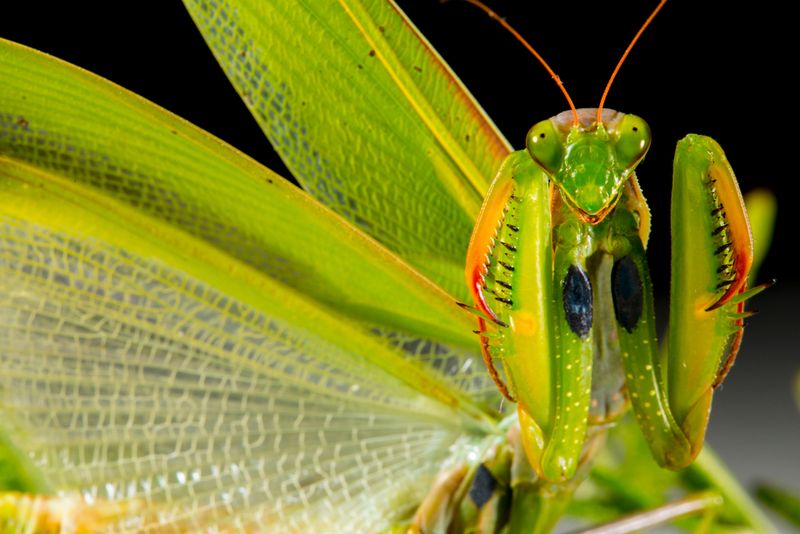
Some mantis species possess a unique adaptation found nowhere else in the insect world – a single, cyclopean ear located in the center of their chest! This specialized organ allows them to detect the ultrasonic calls of hunting bats, their primary predators.
When a mantis in flight detects bat echolocation, it immediately performs evasive maneuvers – typically a spiraling dive toward the ground. This acoustic warning system gives them crucial milliseconds to escape.
What makes this even more remarkable is that mantises evolved this adaptation independently from other insects with similar abilities. Their single-ear approach to ultrasonic detection represents a completely different evolutionary solution to the same predator pressure.




